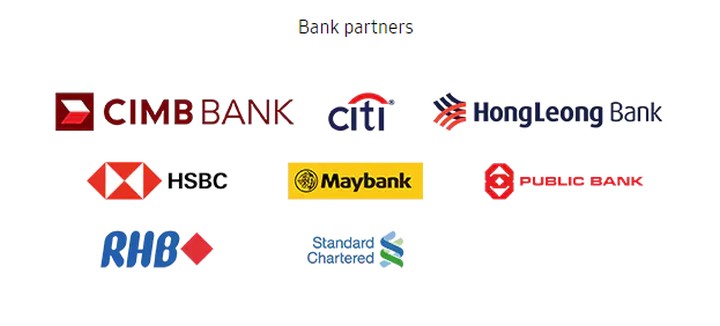With the recent launch of Google Pay, Google is the most recent company to enter the Malaysian mobile payment market. The main three are now all represented in our market, along with Apple and Samsung. Who, nevertheless, excels at it? Since we have some expertise with each platform, let’s list some advantages and disadvantages for each one.

Convenience

When using a service like this, you would normally prefer something that was quicker or more accessible than pulling your card out of your wallet. While Google wants you to download the Google Wallet app from the Play Store, Samsung Pay and Apple Pay are already pre installed on your device. The setup procedure isn’t all that different after the apps are installed, though.
Although it’s not a big deal, the ability to add cards by scan on Samsung and Apple devices (Samsung even supports NFC) does save you a lot of typing—something you’d have to do with Google Pay. Older magnetic stripe machines can also be used with Samsung Pay on older phone types using MST. It thus has a modest advantage over competing services that just support NFC.
Having said that, Google Pay clearly wins after the cards are registered. Google Pay will automatically detect contactless payment terminals and pay without you having to do anything, in contrast to Samsung and Apple, who both require you to perform some sort of shortcut to pay (a double tap on the power button for Apple Pay and a swipe from the bottom for Samsung Pay). Even without unlocking your phone, you can make payments, making this the closest alternative to a standard contactless card.
Security

But there may be a security risk associated with that usability. You see, in order to authorise a payment, Apple and Samsung both require a second level of authentication. This implies that before you can complete a transaction, you must authenticate (by PIN or biometrics), regardless of whether your phone is locked or unlocked.
There is no additional layer of authentication because Google Pay recognises the contactless payment terminal immediately. Anyone with a phone can easily start tapping. For further security, Google does advise that you “configure up your phone so that it must be unlocked to perform an NFC transaction,” but we were unable to locate this setting. The unlocking requirements differ from country to country as well, but it appears that Malaysia is not one of the nations that supports this feature.
However, using Google Pay without unlocking your phone does have an RM250 transaction limit (similar to Samsung Pay), which is not a small amount for most people. But once it’s enabled, it works just like Apple Pay and has no transaction cap. All three payment applications, however, offer the advantage of preventing the merchant from receiving your card information when you make a purchase, which is a welcome boost to security.
We did learn, however, that the card data for Google Pay appears to be held on their servers because we can access the saved card in our Google account using a web browser after adding our card to the Google Wallet. However, unlike Google Pay and Apple Pay, which save your card information on their servers, Samsung Pay and Apple Pay only store a portion of your card information on the specific device you’re adding the card to.
Supported banks

Four banks are now supported by Google Pay in Malaysia. These banks are Public Bank, Hong Leong Islamic Bank, CIMB Bank, and Hong Leong. Check out our complete list of supported cards here if your bank does not support both Visa and Mastercard credit and debit cards. On the other side, Apple Pay works with Maybank, AmBank, and Standard Chartered Bank as its supported banks. For the latter two, they will additionally provide support for Mastercard and Visa credit cards, whereas Maybank will receive support for Mastercard, Visa, and American Express credit and debit cards.
Samsung Pay currently supports eight banks, which is the most. These include the following financial institutions: CIMB Bank, Citibank, Hong Leong Bank, HSBC Bank, Maybank, Public Bank, RHB Bank, and Standard Chartered Bank. American Express is not, however, listed as one of Samsung Pay’s network partners in Malaysia.
Apple Pay and Google Pay differ from Samsung in one area: they support Malaysian online shops. You can pay for online purchases made on apps and websites like Shopee and Atome directly with Apple Pay. On the other hand, Google Pay may be used to make online or in-app purchases on a variety of websites and apps, including Airbnb, Al-Ikhsan Sports, Applecrumby, Eat Cake Today, and Shopee.
Rewards

The only one of the three that offers Samsung Rewards points for purchases, which are comparable to GrabRewards, is Samsung Pay. As you spend, you get points, and if you have enough, you can use them to purchase anything from the store, which largely now consists of gift cards for other services like Grab and Socar. Even if it’s not quite as rewarding as it was when Samsung sold devices in the rewards store, anything is still preferable to nothing.
